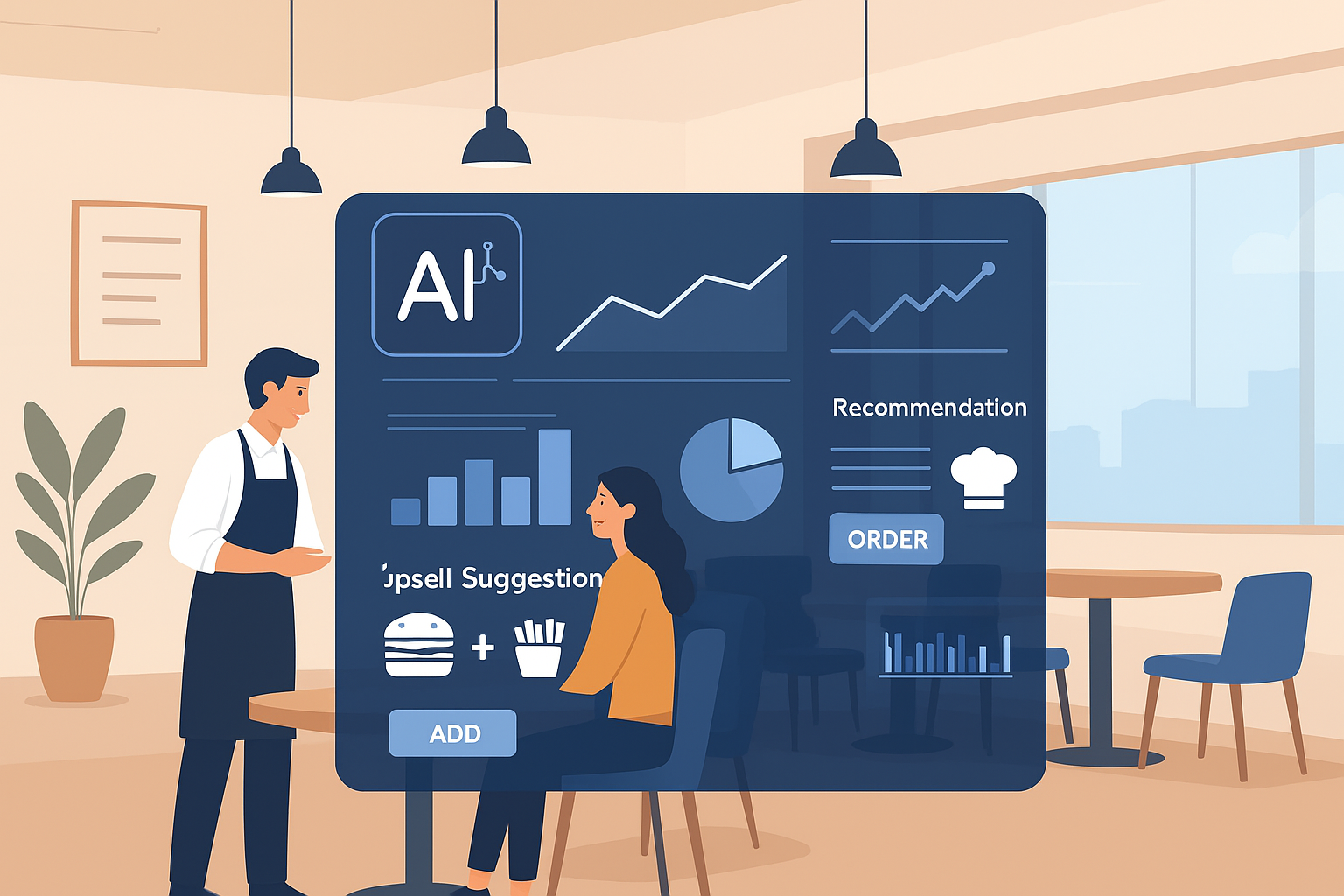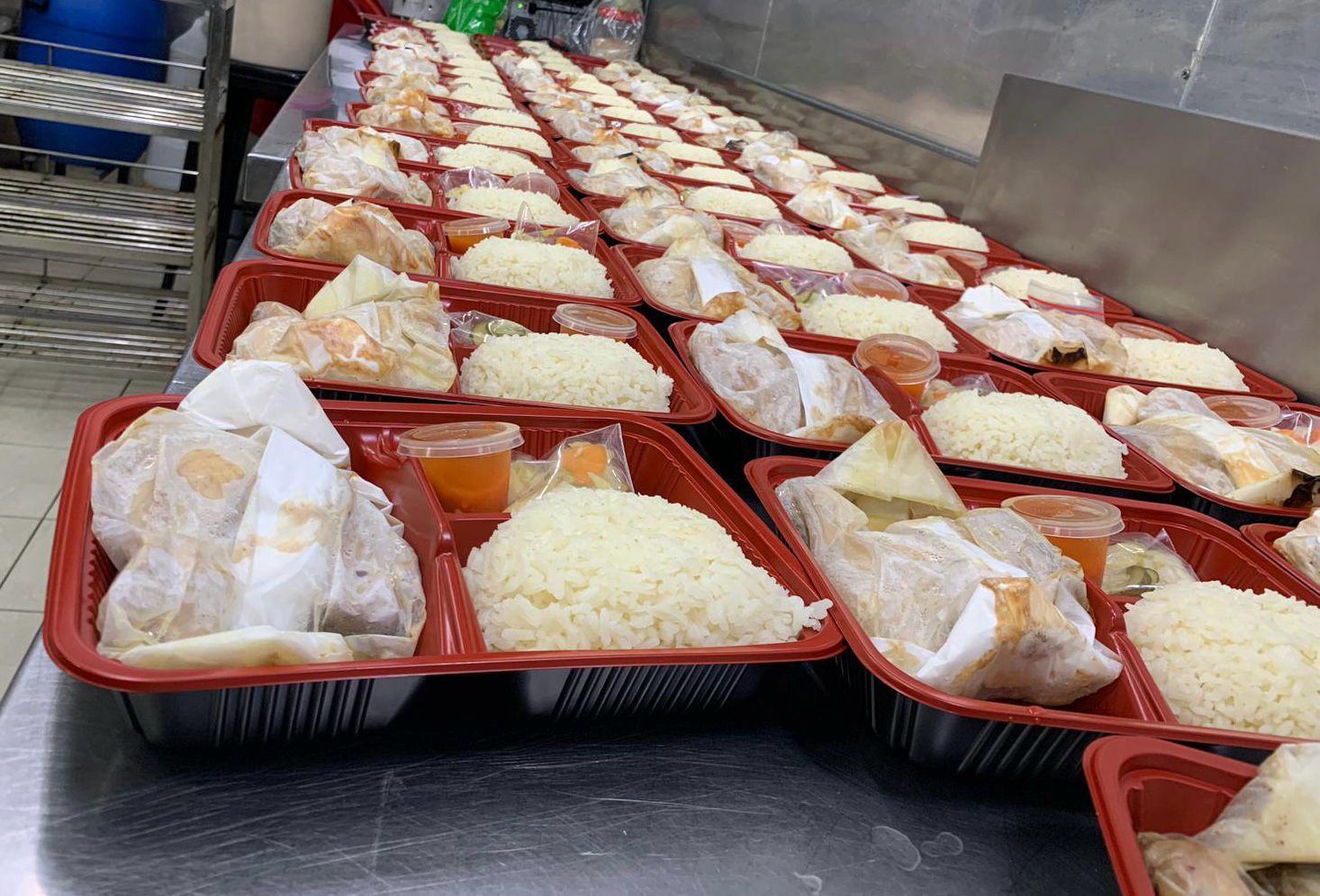QR Ordering For Hotels: How it Benefits You And Your Guest?
Singapore's hospitality landscape is constantly evolving, and hotels that embrace technology stand to gain the most. Among the most impactful digital solutions available today are QR ordering systems and self-service kiosks. These tools not only enhance the guest experience but also improve operational efficiency and drive revenue growth.
What is QR Ordering in Hotels?
QR ordering allows guests to simply scan a code using their smartphone from the comfort of their room, the lobby, or even the hotel bar. The code opens a mobile-friendly menu, enabling them to browse items and place their orders instantly without the need for staff assistance.
This system offers convenience and speed, cutting down waiting times and ensuring guests get what they want, when they want it. For hoteliers, this also means fewer missed service opportunities and higher guest satisfaction ratings.
Why Implement Self-Service Kiosks?
Self-service kiosks placed in key locations such as the hotel lobby, cafe or bar provide a seamless ordering experience. These kiosks allow guests to select items, customise orders, and pay without standing in line or waiting for a server.
Benefits for Hotels
- Increased Revenue: Minty QR ordering and kiosks use intelligent prompts to upsell items like beverages, desserts, or side dishes, increasing average order size by up to 30%.
- Error-Free Orders: Guests control their selections, significantly reducing miscommunication and wrong orders.
- Lower Manpower Costs: With fewer staff required to take orders, hotels can redirect manpower to more important tasks such as guest relations.
- Real-Time Menu Management: Hotel staff can instantly update menus, pricing, and item availability via a powerful online backend — no printing, no delays.
- Integrated CRM: When combined with CRM, these systems collect valuable guest data, enabling personalised promotions and loyalty rewards.
The Bottom Line
In a competitive hospitality market like Singapore, providing a digital-first, streamlined experience helps your hotel stand out. QR ordering and self-service kiosks are not just tech upgrades — they're strategic investments that enhance guest satisfaction, reduce operational overhead, and drive profitability.
Interested in self ordering and crm for your hotel? Click here to contact us and find out more!
Interested in a CRM Based POS System, QR ordering or a standalone CRM membership system?
Send an Enquiry!
You might also like



